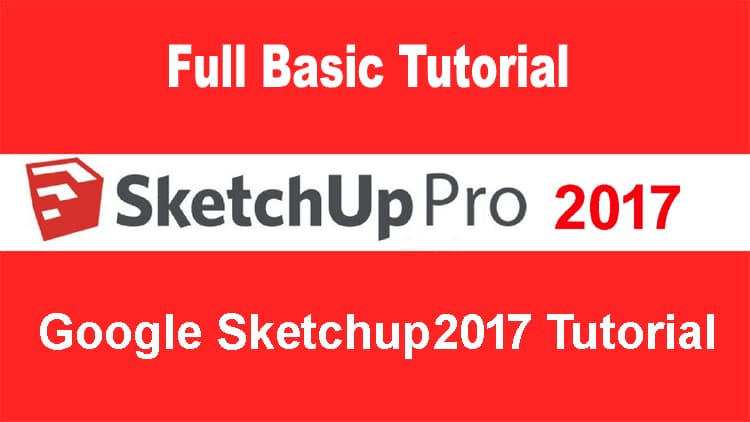
Paint BucketĪll Paint Bucket modifiers - Sample, Paint All Matching, Paint All Connected, and Paint All on Same Object - are now toggles. Similar to Line and Move, the Tape Measure tool's inference direction can be locked before the first click. If you were paying close attention, this is actually a change we introduced in SketchUp 2020.2. The Tape Measure modifier - Toggle Create Guides - persists across multiple operations. The Protractor modifier - Toggle Create Guides - now persists across multiple operations. This tool mode is also available without pre-selected entities. The Rotate modifier - Copy - now persists across multiple operations. Scale tool modifiers - About Center and Toggle Uniform - are now toggles and persist across multiple operations within the Scale tool. Copy, copy, copy, copy, copy… but only toggle Move: Copy once. Also, the inference direction can be locked before the first click of a move. This behavior applies to moving pre-selected items as well as to 'hover-to-select' Move operation. Moveīoth Move tool modifiers - Copy and Autofold - now persist across multiple moves. Use Stretch to distort forms (a la Move) without switching tools, selecting entities, or locking inferences. 'Stretching' a face is roughly equivalent to moving the face perpendicular to its drawing plane. Stretch is a tool mode that has actually existed in SketchUp for years, but has never been referenced in the Status Bar or received distinct treatment in the Push/Pull cursor. If you're wondering what Push/Pull 'Stretch' is, you will not be alone. Push/Pull also has a slightly different cursor art across its modified states.

Push/Pull's modifiers - Create New Starting Face and Stretch - are both toggles and they persist across multiple interactions. To help facilitate the process of unhiding/unsmoothing stuff, SketchUp now automatically makes Hidden Geometry visible when unhide/unsmooth mode is activated, and returns to the previous setting for View Hidden Geometry upon exiting unhide/unsmooth mode or switching to another tool.Īdditionally, the Eraser tool cursor now provides visual feedback in the form of cursor add-ons that indicate the tool's current mode (hide, smooth, or unhide/unsmooth). While we were at it, we took the opportunity to enhance the Eraser tool's optional modes by adding the ability to unhide geometry using the existing unsmooth mode – so, now it's an 'unhide/unsmooth' mode.

So, if you tap the Shift key, you will toggle on Hide in a persistent way, and if you hold down Shift, you will enable Hide only until you release the key. Notably, Eraser is still enabled to work by pressing-and-holding a modifier key. EraserĮraser modifiers can now be triggered with a toggle key press and persist across multiple click-drag actions. The Line tool is now enabled to pre-lock an inference drawing direction. That's one of a few examples where we think the existing press/hold keyboard interaction patterns are important to preserve. Notably, we have not changed the ability to temporarily lock an inference by pressing and holding the Shift key. To start, you're now able pre-lock an inference direction before the first click with the Line, Tape Measure and Move tools. In this release, we are applying this pattern to other tools as appropriate. Many SketchUp tools - like Rotate, Rectangle, Circle - already feature the ability to 'pre-lock' an inference direction or drawing plane. Changing tools resets a modified tool to its default state, as will toggling off a modifier or hitting a tool's shortcut key. Modifiers will also persist across when you hit Escape to cancel out of an operation. Eraser's tool mode toggles let you hide edges across camera views without repeatedly re-triggering a modifier. without repeatedly hitting modifier keys. This means being able to make multiple copies of objects with Move or being able to hide edges with Eraser across view changes. We are also persisting modifier tool states across multiple operations.


This means fewer press-and-hold modifier interactions (for tools like Scale), as well as - we hope - more predictable modeling outcomes and more efficient usage across multiple tools. Likely the most explicit change you will notice is that more tool 'modes' behave as toggles that can be turned on and off by tapping a key. Read on to learn about the patterns we are trying to establish, as well as the impact on individual tools. Our goal is to improve the consistency of how modeling works from tool to tool, to improve the efficiency of individual tool workflows, and to improve the learnability of SketchUp's most nuanced behaviors. While we sometimes shy away from changes that may disrupt your modeling experience, this release features changes to modeling behavior meant to standardize usage patterns across core SketchUp tools. In any given release, we strive to make SketchUp more reliable, efficient, and useful.


 0 kommentar(er)
0 kommentar(er)
